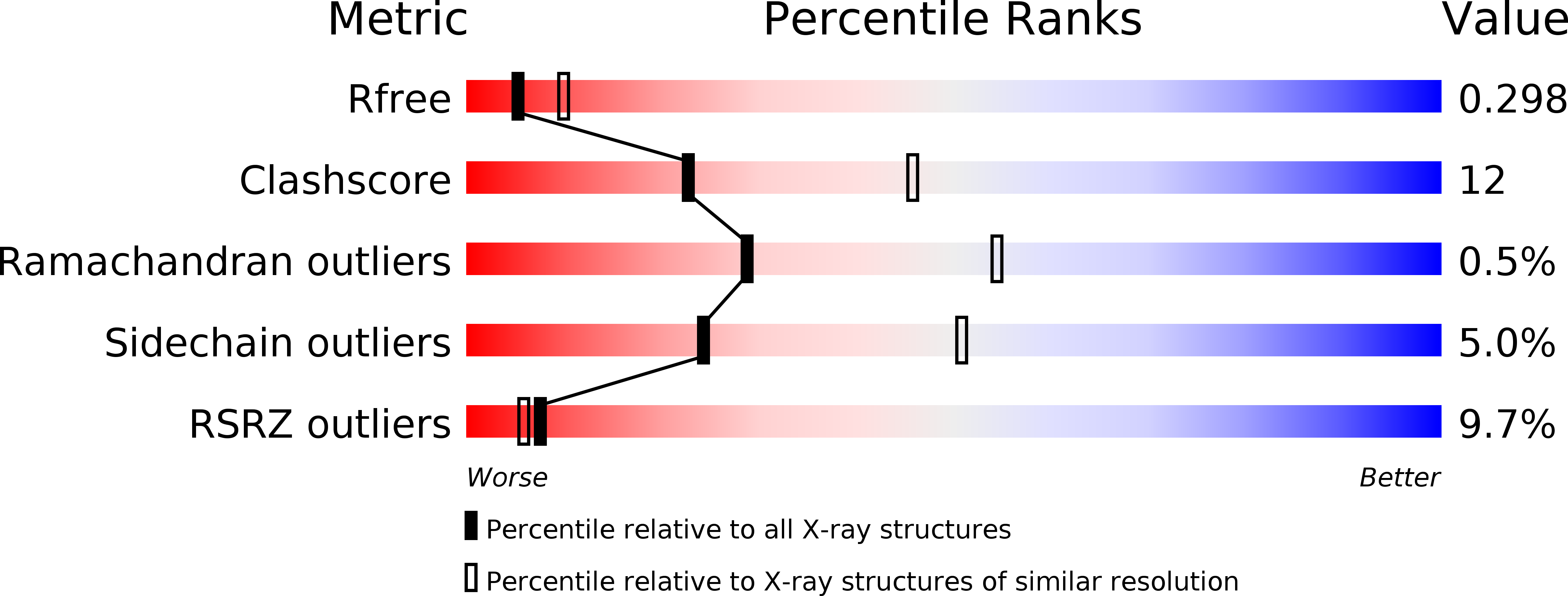
Deposition Date
2005-05-31
Release Date
2006-01-17
Last Version Date
2024-11-13
Entry Detail
PDB ID:
1ZUN
Keywords:
Title:
Crystal Structure of a GTP-Regulated ATP Sulfurylase Heterodimer from Pseudomonas syringae
Biological Source:
Source Organism:
Pseudomonas syringae (Taxon ID: 317)
Pseudomonas syringae pv. tomato str. DC3000 (Taxon ID: 223283)
Pseudomonas syringae pv. tomato str. DC3000 (Taxon ID: 223283)
Host Organism:
Method Details:
Experimental Method:
Resolution:
2.70 Å
R-Value Free:
0.27
R-Value Work:
0.22
R-Value Observed:
0.22
Space Group:
H 3


